
When your cat becomes fixated—stalking the same toy for hours or compulsively licking a patch of carpet—you may wonder if “too much curiosity” crosses into unhealthy obsession. Drawing on veterinary behavior studies and years of consulting on compulsive feline disorders, I’ll explain the phenomenon resembling hyperthymesia (total memory fixation), how it manifests in cats, and practical approaches to ensure your obsessive companion stays happy and balanced.
1. Defining Feline Obsessive Behaviors
Compulsive patterns in cats can include:
Repetitive Movements:
Spinning, pacing, or tail‑chasing for extended periods.Overgrooming:
Persistent licking leading to hair loss and skin irritation.Object Fixations:
Unwavering focus on a single toy, often disregarding food or rest.
While a certain repetition fuels play and hunting instincts, excessive fixation can signal stress, boredom, or underlying medical issues.
2. Neurological Underpinnings
Though true hyperthymesia—an extreme autobiographical memory—is human‑exclusive, similar neural loops can develop in cats:
Dopaminergic Reinforcement:
Successful hunting or play releases dopamine, reinforcing the behavior. Over time, the brain may over‑strengthen this loop, driving repetitive actions.Stress & Anxiety Links:
Elevated cortisol levels from environmental stressors (new pets, loud noises, medical pain) can trigger compulsive grooming or pacing as coping mechanisms.
Clinical Insight: A 2024 feline behavior study found that 15% of indoor cats exhibited compulsive behaviors when environmental enrichment was lacking.
3. Identifying Triggers and Signals
Environmental Stressors:
Recent home changes—renovations, new family members—often precede the onset of obsessive behaviors.Medical Factors:
Pain (arthritis, dental issues), allergies, or thyroid imbalances can manifest as overgrooming or relentless scratching.Behavioral Cues:
Watch for dilated pupils, flattened ears, or hunching—signs that a “play” session has tipped into anxiety-driven repetition.
4. Tailoring an Enrichment Plan
Structured Playtimes:
Scheduled interactions with varied toys prevent fixation on a single object. Incorporate puzzle feeders, wand toys, and treat balls.Environmental Complexity:
Offer vertical perches, hiding nooks, and rotating novel scents (herbal sachets, safe cat pheromones).Soothing Supports:
Calming music, pheromone diffusers, and gentle massage can reduce baseline stress levels.
5. When to Seek Professional Help
If obsessive behaviors persist or escalate—e.g., hair loss from overgrooming, self‑inflicted wounds—consult a veterinary behaviorist. They may recommend:
Medication:
Selective serotonin reuptake inhibitors (SSRIs) or tricyclic antidepressants for severe anxiety.Behavioral Therapy:
Counter‑conditioning and desensitization protocols to rewire compulsive loops.
Conclusion
Intense curiosity can enrich a cat’s life, but when fixation becomes compulsion, it’s time to intervene. By recognizing triggers, enriching environments, and partnering with professionals when needed, you’ll help your cat rediscover balanced playfulness and well‑being. Remember: a healthy cat mind is as important as a healthy body.

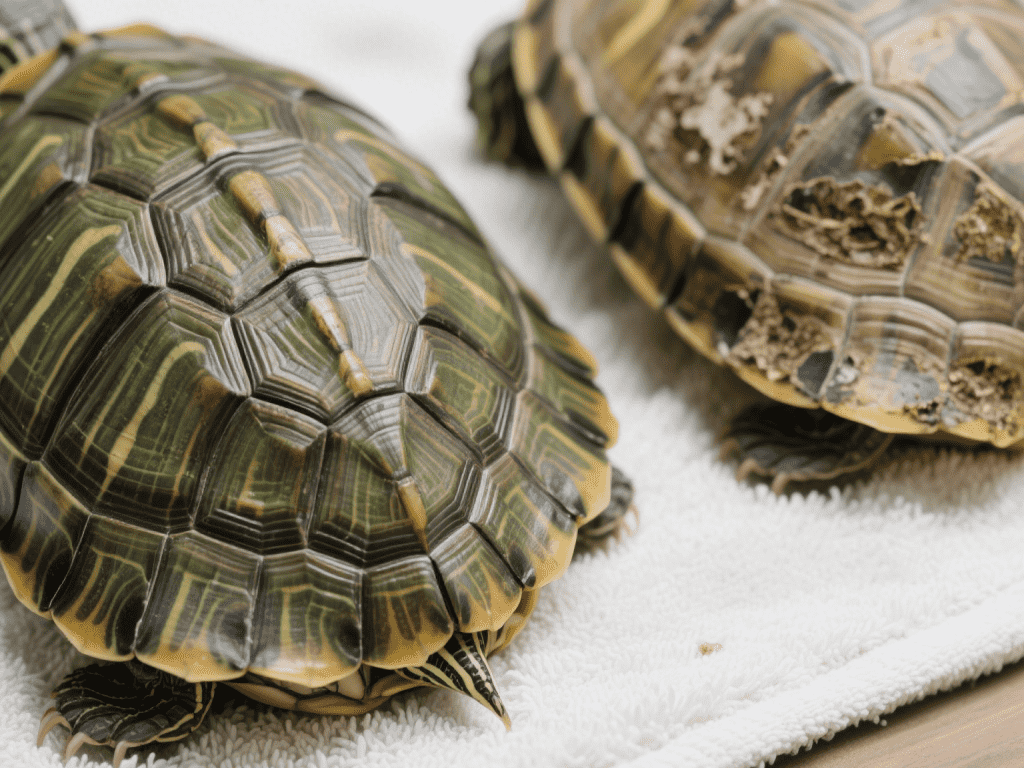
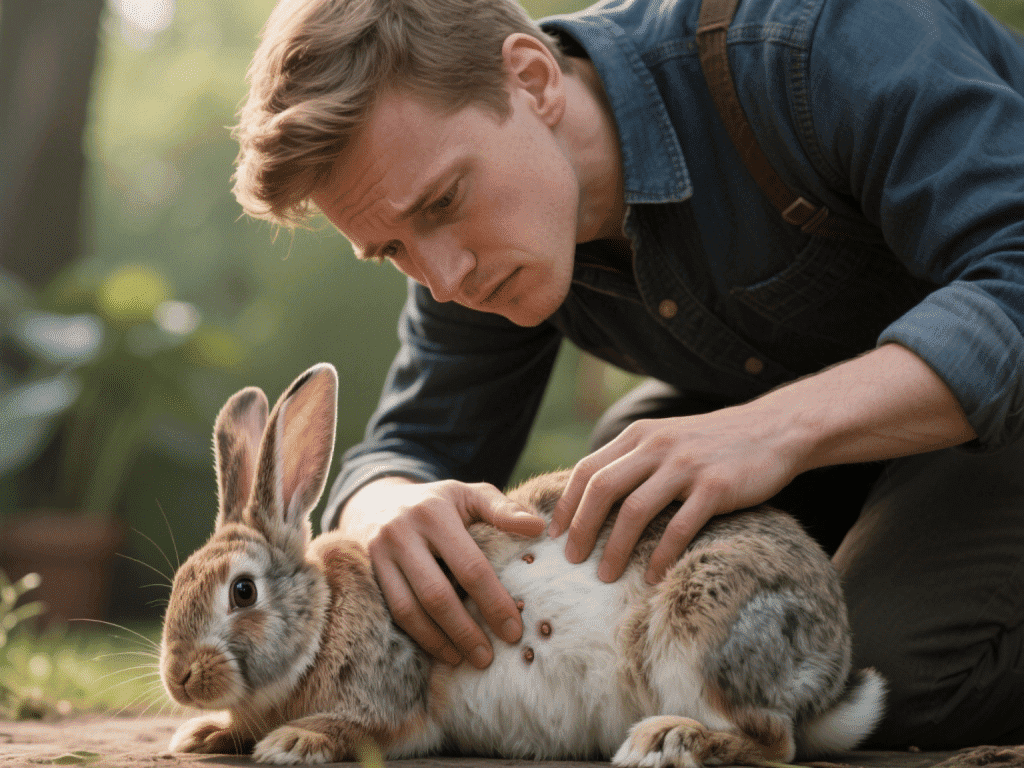
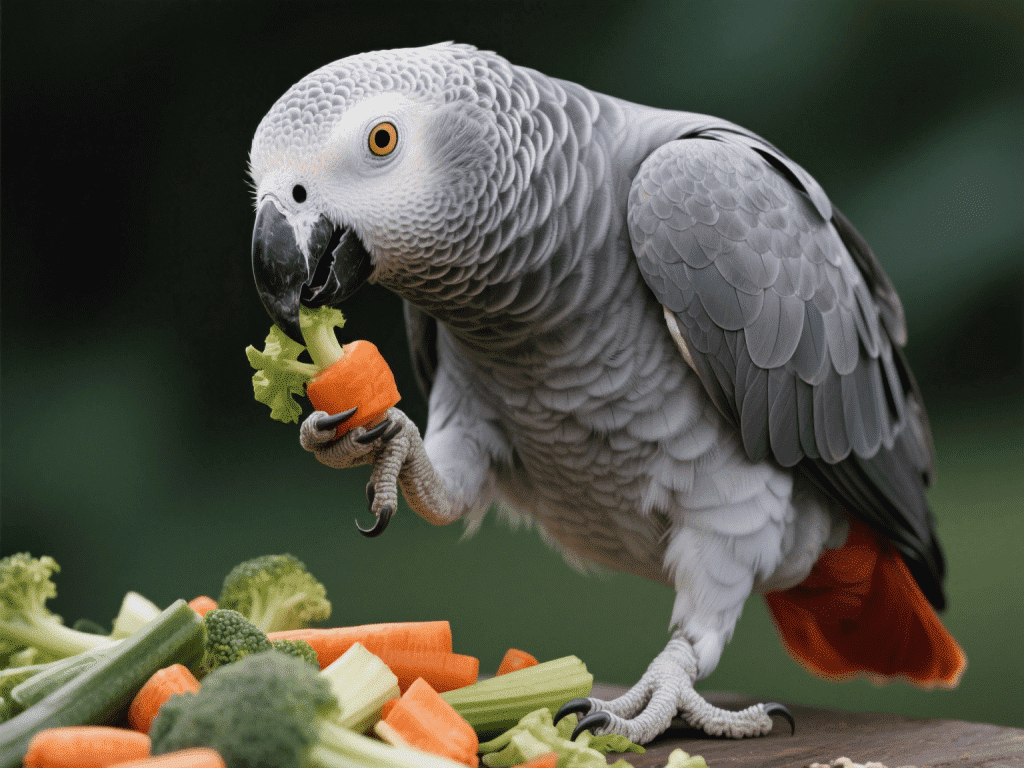
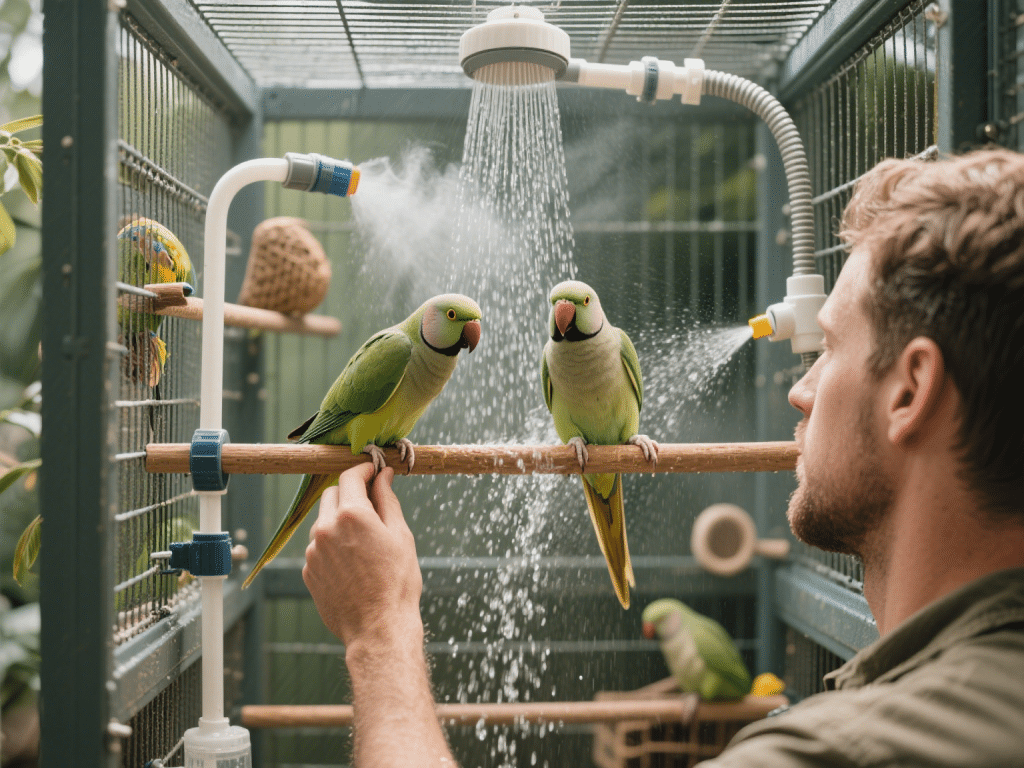


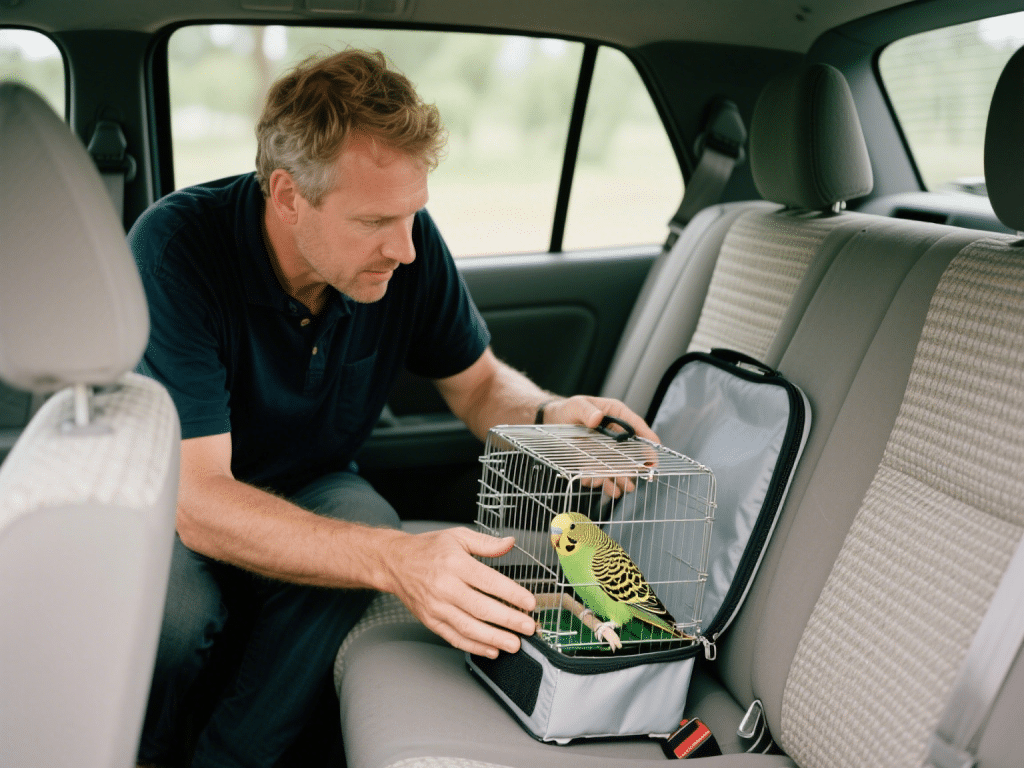

Comments on " Obsessive Chasers: When a Cat’s Curiosity Becomes Hyperthymesia" :